RITUAL – REDE
der Sacha-Jakuten beim Sonnwendfeuer in Molln am Donnerstag, 25.Juni 1998
„Rotbärtiger!
Rothaariger!
Rotgesichtiger!
Höchstverehrter Geist des großen Feuers!
Kräftiger Temerije (1) !
Wir verbeugen uns vor Dir,
Vor Deiner Hitze,
Vor Deinen springenden Flammen.
Die Zeit ist gekommen,
um Heil zu erbitten.
Hilf uns, daß wir uns an die hellen
Örtlichen Götter wenden können!
Geist der Alpenberge!
Ernähre Dich von den jakutischen Oladja (2)
Und vom Heldengetränk Kumys (3) !
Nimm, Du Geist von Molln!
Nimm, Du Geist der Felder und Wälder!
Sei uns böse gesonnen deswegen,
Daß wir aus einem anderen Land gekommen sind.
Wir bitten darum,
Daß wir in diese fruchtbare Landschaft
Aufgenommen werden wie eigene Kinder.
Wir bitten die acht Gründergöttinnen
Uns zu beschützen.
Wir bitten die sieben Schutzgöttinnen
Uns glücklich zu machen.
Schickt allen Teilnehmern am Festival
Glück und Gesundheit.
Das Festival soll nur von
Friede und Freundschaft geprägt sein.“
——————————
1) Name des Feuergeistes in Sacha-Jakutien
2) Jakutischer kleiner Brotfladen
3) Jakutisches Nationalgetränk aus vergorener Stutenmilch
International Jew´s Harp Festival 1998
PREFACE
“According to its atmosphere and its musical quality it was one of the best and most interesting music festivals of its kind” was the unanimous opinion of the critics about the International Jew’s Harp Festival in Molln/Upper Austria, June 20-28 1998.
The now available double CD does not only reflect this atmosphere but also gives a comprehensive survey of the phenomenon of a world-wide Jew’s harp boom, a new peak in the eventful history of this fascinating instrument.
At the beginning of the 20th century the Jew’s harp, which has existed for about 5,000 years and is thus one of the world’s oldest instruments, almost disappeared from the musical scene for various reasons: At the beginning of the 19th century in Molln/Austria 35 family businesses still produced 2.5 million Jew’s harps per year. In the Age of Romanticism its esoteric sound captured the drawing rooms of European artists and rulers. At the end of the 19th century the artistic playing on up to 10 Jew’s harps had lost its appeal. The invention of the harmonica had created a competitor for the popular pocket instrument of the inhabitants of the Alps. As a result of industrialisation, mechanisation, and competition in production, quantity had triumphed over quality. During the 20th century (with the exception of the Alpine countries, North America, and some parts of Asia) the Jew’s harp sank to the level of a souvenir and a children’s instrument.
During the Stalinist era among the Turkic people of the Soviet Union who have a pronounced tradition of playing and producing the Jew’s harp the instrument was forbidden as a national peculiarity and prohibited because of its close relationship to shamanism.
During the 1960s while in Eastern Europe de-Stalinization proceeded, there grew an opposition against the affluent society and the naive belief in progress in Western countries. A renaissance of Jew’s harp music connected with new esotericism, shamanism, natural sounds and authentic Eastern and Western folk music developed independently at different places.
Many of the central figures of this renaissance are both musicians and scientists: Fred Crane in the USA, Leo Tadagawa in Japan, Ivan Alexeyev in Sakha-Yakutia/Russian Federation, Ånon Egeland in Norway, Phons Bakx in the Netherlands, Anton Bruhin in Switzerland, Manfred Russmann in Austria. During the 1990s the progress in sound and communication technology furthered an intensive world-wide exchange of views among all Jew’s harp freaks via e-mail as well as a prolific relationship between the Jew’s harp and electronic music.
The First International Jew’s Harp Festival took place in Iowa City/USA in 1984. Although its main focus centred on Northern American Jew’s harp music also some European musicians participated in the festival and for the first time the Western musicians had the chance to listen to tapes of the Jew’s harp music of the Siberian peoples.
In 1991 at the Second International Jew’s Harp Congress and Festival, which was held in Yakutsk/ Sakha-Yakutia/Russian Federation, all the leading Jew’s harp musicians, scientists, and makers of the Soviet Union met at one place for the first time. The USA and Europe presented about five participants each.
The aims of the Third International Jew’s Harp Congress and Festival in Molln / Austria in 1998 were to have a balanced proportion among the participants of the leading Jew’s harp cultures in Asia, Europe, and America, to give a survey of the various styles of classical music, folk, rock, and electronic music, to present the latest insights and scientific works on the Jew’s harp and its relationship to various aspects of overtone music, eroticism, and music therapy.
The Fourth and Fifth Jew’s Harp Congress and Festival will take place in Amsterdam/Netherlands and in Norway.
Because it’s simple and complex at the same time the Jew’s harp is the instrument of the 21st century – as Yakutian people would say.
Enjoy the journey through the world of the Jew’s harp, the small medium for the great totality.
Genießen Sie die Reise durch die Welt der Maultrommel, dem kleinen Medium für das große Ganze.
Dr. Franz Kumpl, Chairman of the ”Austrian Jew’s Harp Society”
President of the International Jew’s Harp Association”

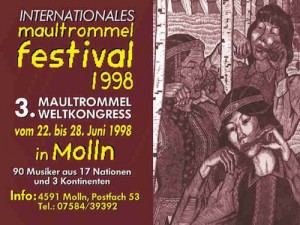
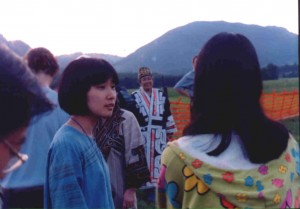
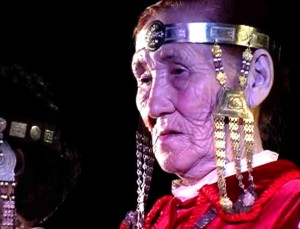
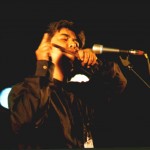
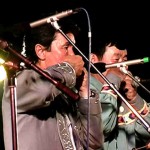
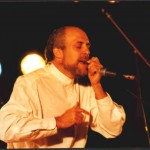
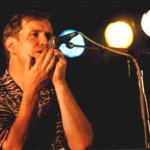
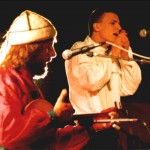
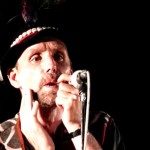

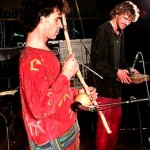

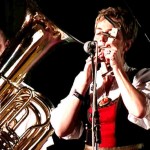
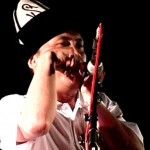
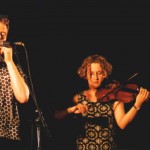
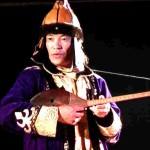

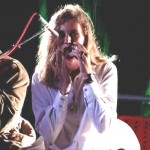
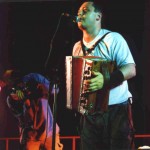
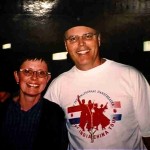
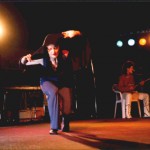

1 Kommentar
Greetings, my name is I nyoman suwida from bali Indonesia, in this case I want to introduce myself. I am a gamelan players and jews harp player as well as make the instrument. I have a group of traditional dance,jews harp, gamelan bali and jazz fusion mix with balinese gamelan.How can I get an invitation of the festival is to be performed in the next festival? greetings from me